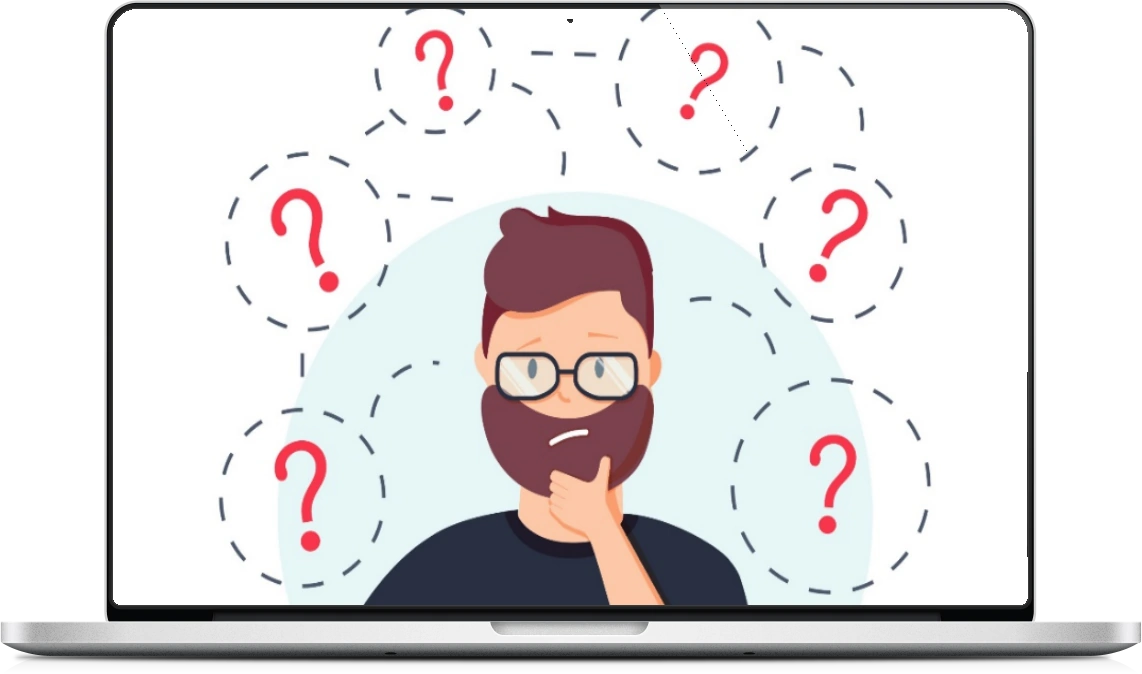Welcome to Unemploymentguides!
We submit your application and be there with you during the entire unemployment compensation process. Our representatives are highly experienced, We provide dedicated assistance to each of our applicant.
We have huge fanbase!
WE ARE GLADE TO ANNOUCE THAT WE HAVE NOW OBTAINED UNEMPLOYMENT BENEFITS FOR THOUSANDS OF USERS ! If you need or just want the Unemployment benefits you deserve contact us immediately
The unemployment rate (U-3), measured as the number of persons unemployed divided by the civilian labor force, rose from 5.0% in December 2007 to peak at 10.0% in October 2009, before steadily falling to 4.7% by December 2016 (the end of the Obama Administration) and then to 3.9% by December 2018.[32] This measure excludes those who have not looked for work in the last 4 weeks and all other persons not considered as part of the labor force, which can distort its interpretation if a large number of working-aged persons become discouraged and stop looking for work.The BLS reported that in 2017, there were approximately 7.5 million persons age 16 and over working multiple jobs, about 4.9% of the population. This was relatively unchanged from 2016. About 4 million (53%) worked a full-time primary job and part-time secondary job. We submit your application and be there with you during the entire unemployment compensation process. Our representatives are highly experienced, We provide dedicated assistance to each of our applicant.
What is unemployment?

Here's how to get started applying for unemployment benefits in your state. To receive unemployment benefits, you need to file a claim with the unemployment program in the state where you worked. You should contact your state's unemployment insurance program as soon as possible after becoming unemployed. Find your state's program by selecting your state in the box below, and check with them to see if you should file a claim in person, by telephone, or online. Generally, you should file your claim with the state where you worked. If you worked in a state other than the one where you now live or if you worked in multiple states, the state unemployment insurance agency where you now live can provide information about how to file your claim with other states. When you file a claim, you will be asked for certain information, such as addresses and dates of your former employment. To make sure your claim is not delayed, be sure to give complete and correct information. It generally takes two to three weeks after you file your claim to receive your first benefit check. Some states require a one-week waiting period; in other words, you would receive your first payment for the second week of your unemployment claim.

Whether you need a simple resume tune-up or personalized support, we can provide assistance at all levels of your job search. Looking to hire? We make finding the right employee simple, convenient and cost-effective. By providing the necessary services, knowledgeable staff, and employing common standards, the Emploc strives towards making an impact on the lives of individuals and building a stronger Niagara West community.
We are active in following states

